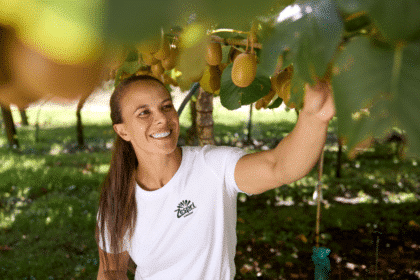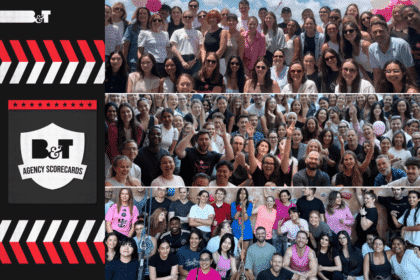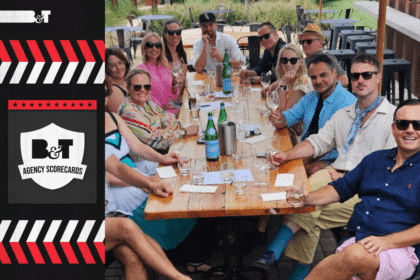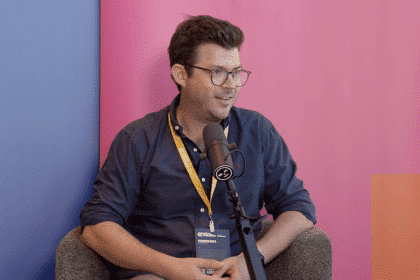At a time when many luxury goods and services are out of touch for Aussies, art remains an important way to escape. Bluethumb, an online art marketplace, revealed Australia’s art trend of the year, ‘Small Pleasures,’ reflecting a desire for affordable and idyllic artwork. B&T sat down with George Hartley, Bluethumb’s co-founder and CEO, to hear what this trend means for broader consumer behaviour.
‘Small Pleasures’ captures a resurgence in the popularity of ‘Still Life’ paintings as decorative objects and a rise in demand for small format artworks (less than 40cm) at more affordable price points. Everyday scenes of vases of flowers, bowls of saucy pasta and sunshine hitting a glinting cocktail glass are some of the images that have dominated interest among buyers.
“Since we opened in 2012, we were used to seeing large-scale original artwork dominate searches and sales on the website. But for the first time, we’ve seen small-scale artwork dominate art marketplace’s sales. It was a surprise at first, but then looking at the context for this trend, it makes a lot of sense to me,” Hartley said.
“Since COVID-19 and the continuing cost-of-living pressures, we’ve seen a wave of new trends resulting in people moving to quieter kinds of activities, more personal interactions, fewer screens, more authentic living.”
The popular artists on Bluethumb are still selling well, but they have had to change their artmaking practice to accommodate the demand for more small-scale pieces.
Earlier in the year, Bluethumb ran a 40cm x 40cm exhibition called “40 x 40”. The marketplace invited 100 artists to create a small piece which they displayed in a gallery. The exhibition was entirely sold out, and that’s when Hartley realised just how popular these smaller works were.
The trend also reflects a current shift in consumer preference for ‘small luxuries’ at a time when cost-of-living pressures have meant splurging on holidays, luxury goods and home renovations are out of reach for many Aussies.
“It also taps into these themes you’ll see on TikTok around cottage core. There’s also an interior trend of doing the salon hanging or the gallery hanging homes. That’s where you put a lot of smaller pieces together on a wall. You think it wouldn’t look cohesive, but it works. It can look really cool,” Hartley added.
Page views for the ‘Still Life’ category have increased by more than 40 per cent in the last 12 months, with nearly 2.8 million Aussies visiting the website.
“Looking at the data, flowers are becoming popular this year. That was outside the top 10 last year and has jumped up to the sixth position. So, the theme of the content of these small artworks is those organic, real scenes. It feels like there’s a craving for that in your home. Something authentic and made by a human in your home, rather than, for example, an abstract painting.
“I think that cottage core is a reaction to spending years in lockdowns and living lives through screens. Now that we’re post-COVID, I think we’re seeing this real craving for authentic experiences and authentic things in your home and that’s what we’re seeing in art purchases, too”.
Hartley predicts this trend will continue into next year and that the craving for authenticity will continue to be felt across other industries.
“It will continue and proliferate. The cost of living crisis isn’t improving. That real need for authenticity isn’t going away,” Hartley said.
Knowing that consumers are craving more authentic experiences and content is useful to marketers as they can learn to implement more of this type of content for audiences. ‘An ad that doesn’t feel like an ad’ has universal appeal for the human connection it delivers. As we move deeper into the age of AI, marketers will still need to rely on that human element.











